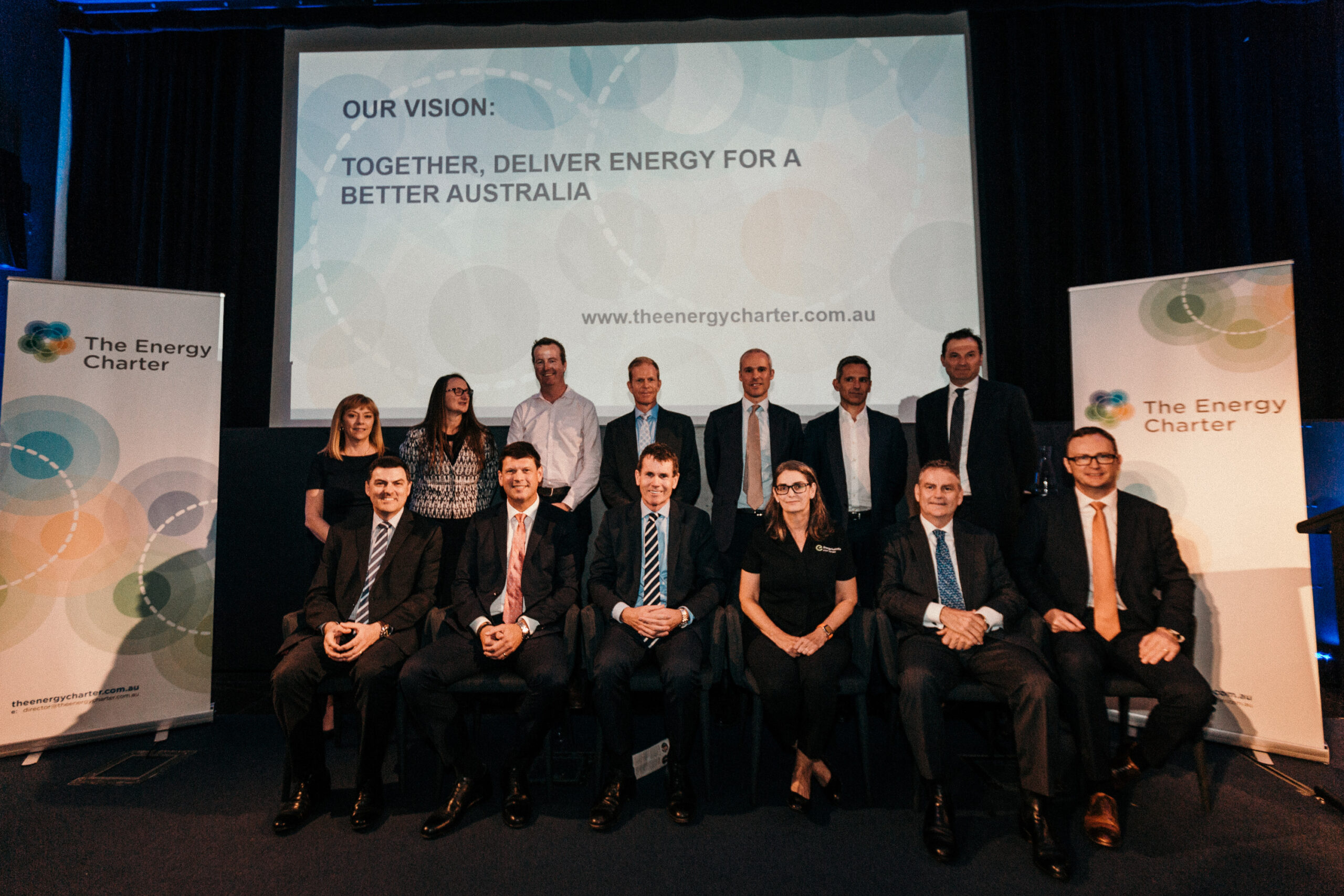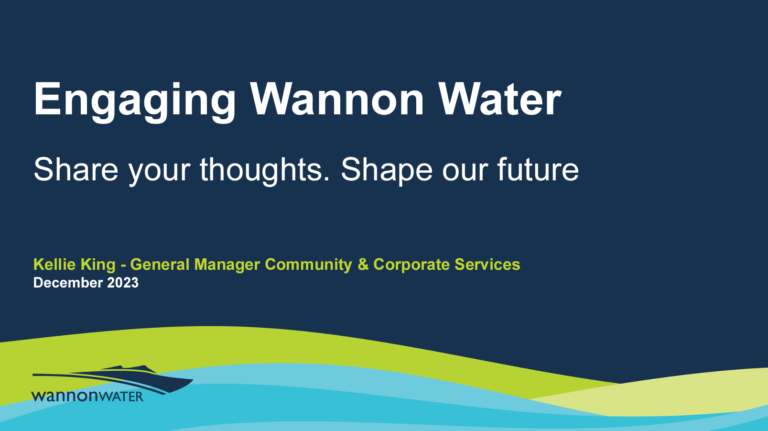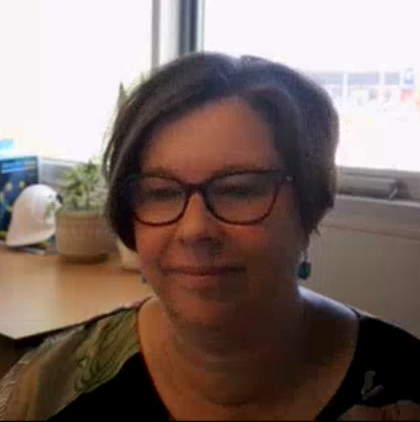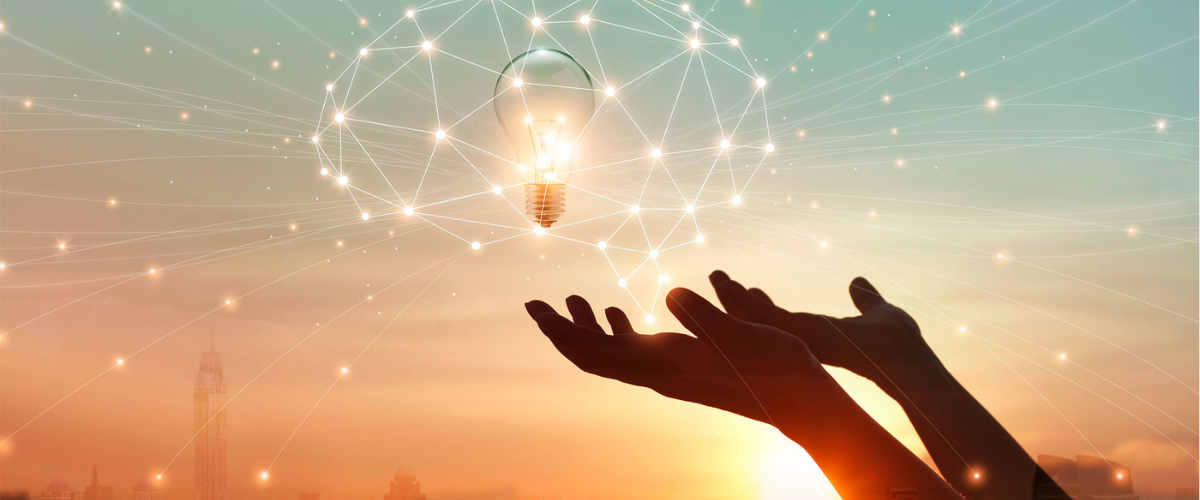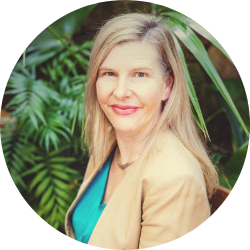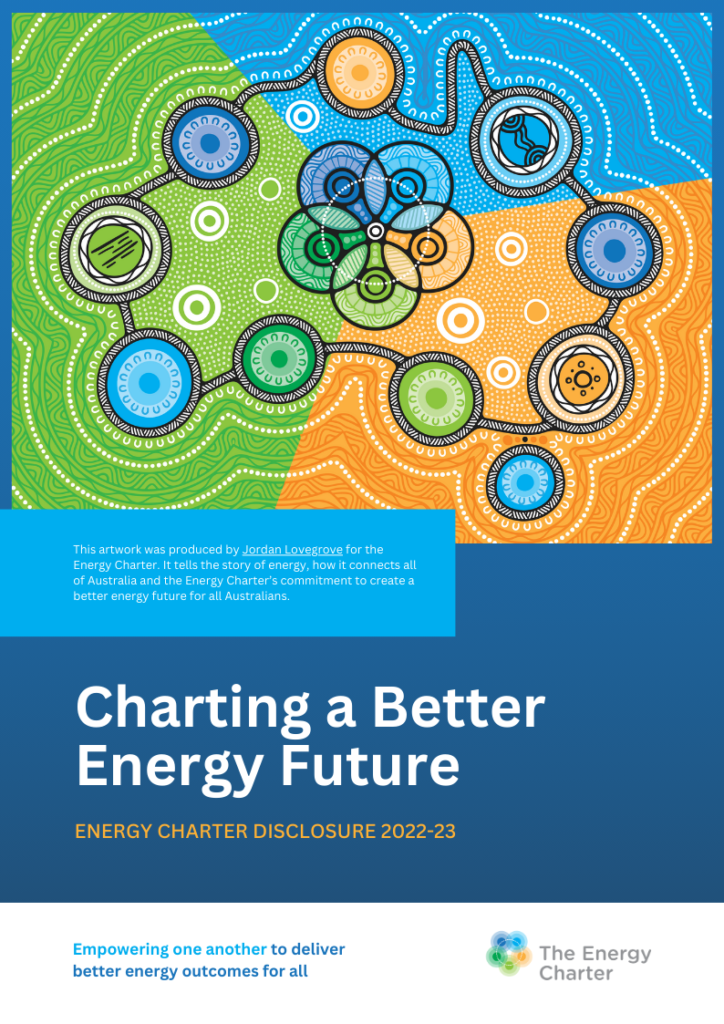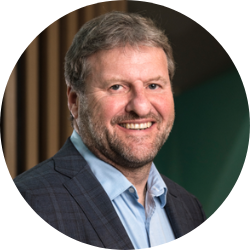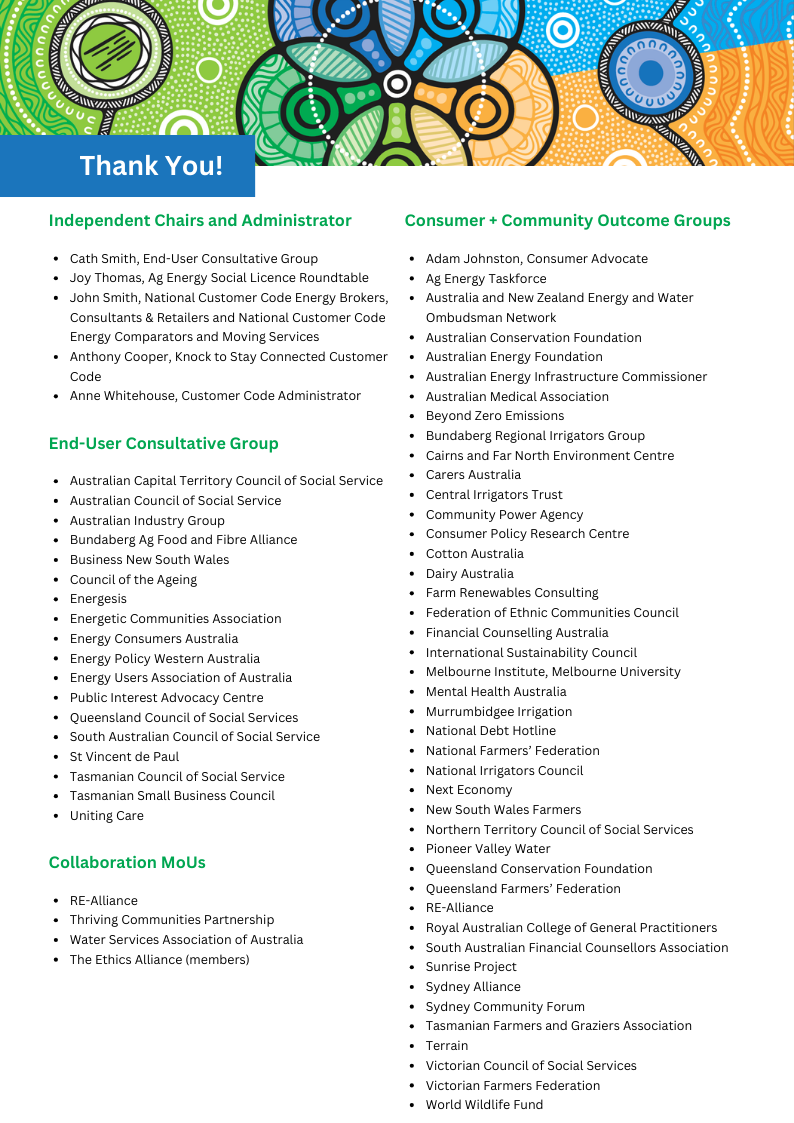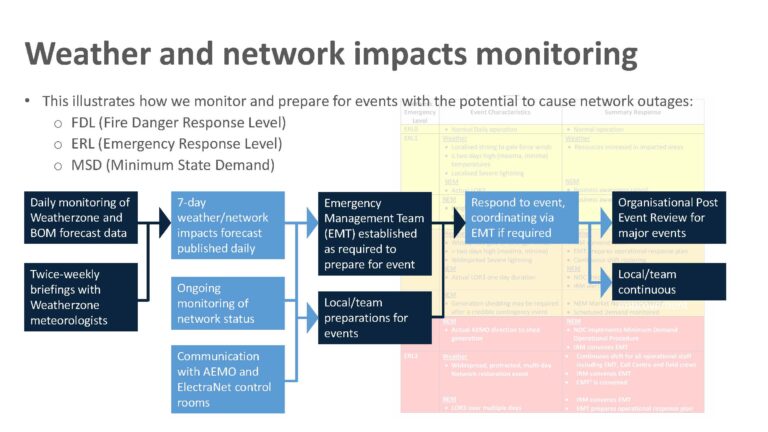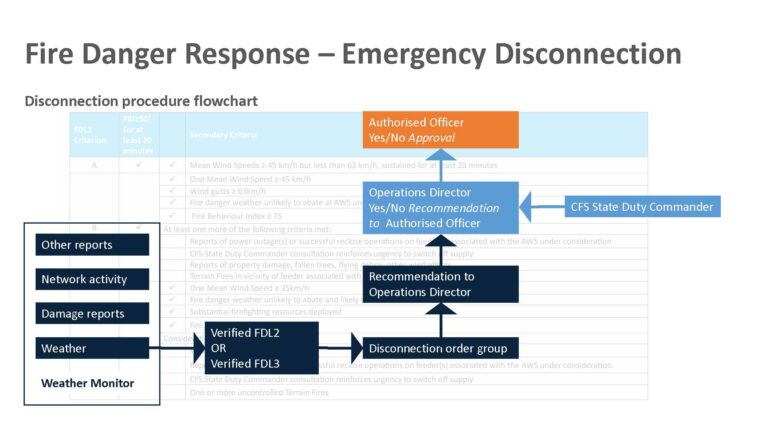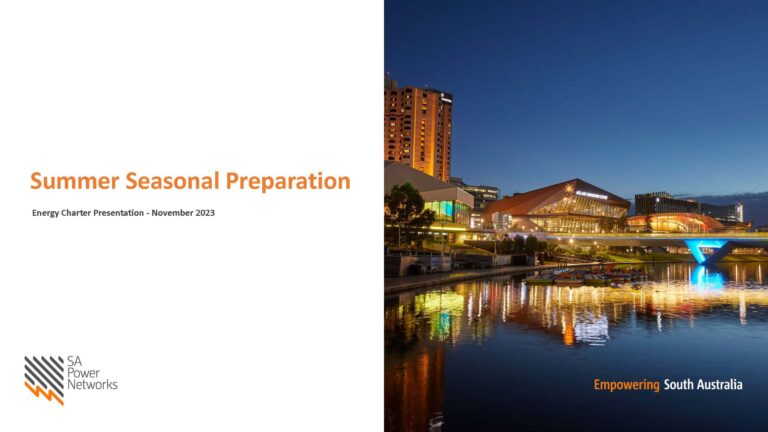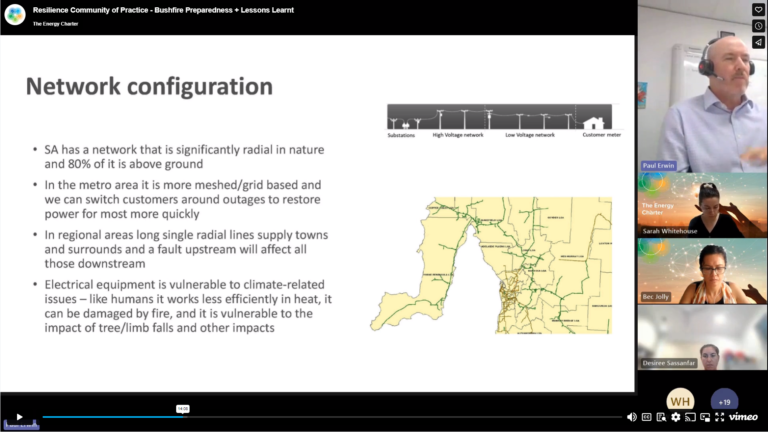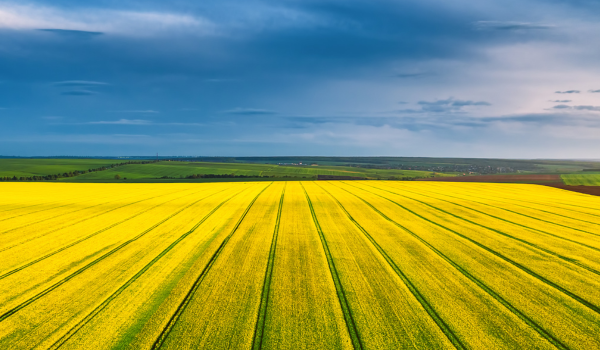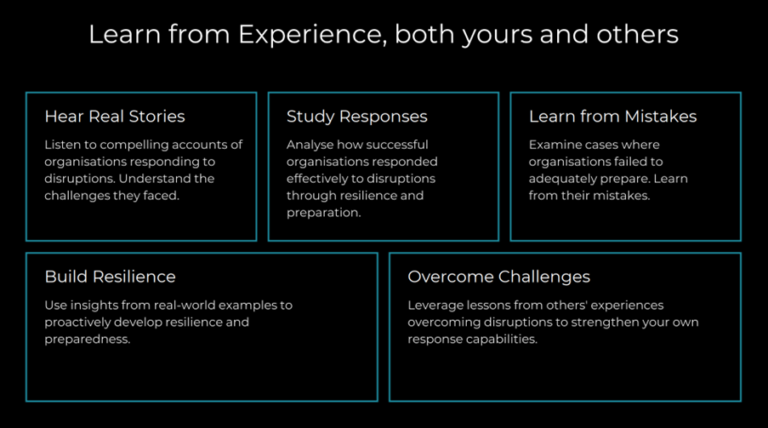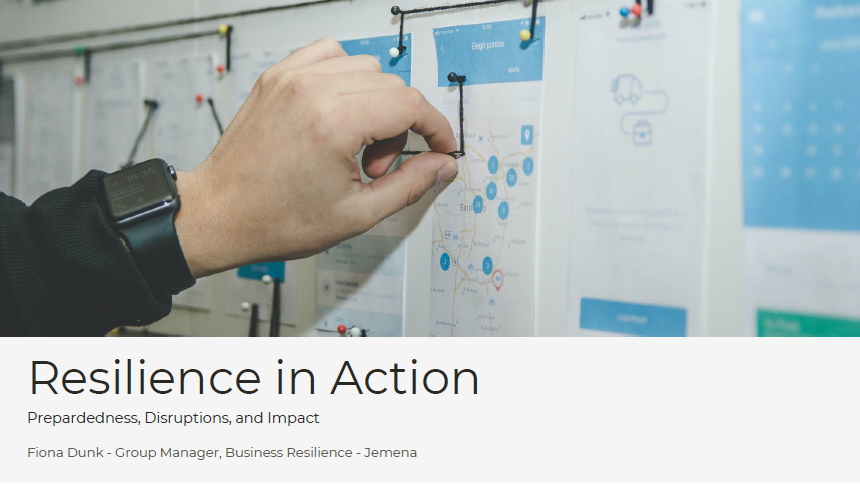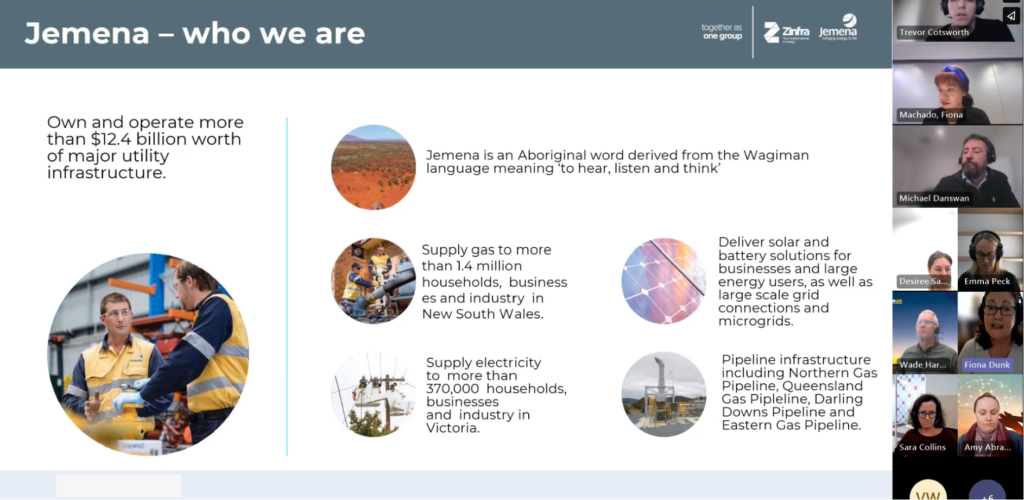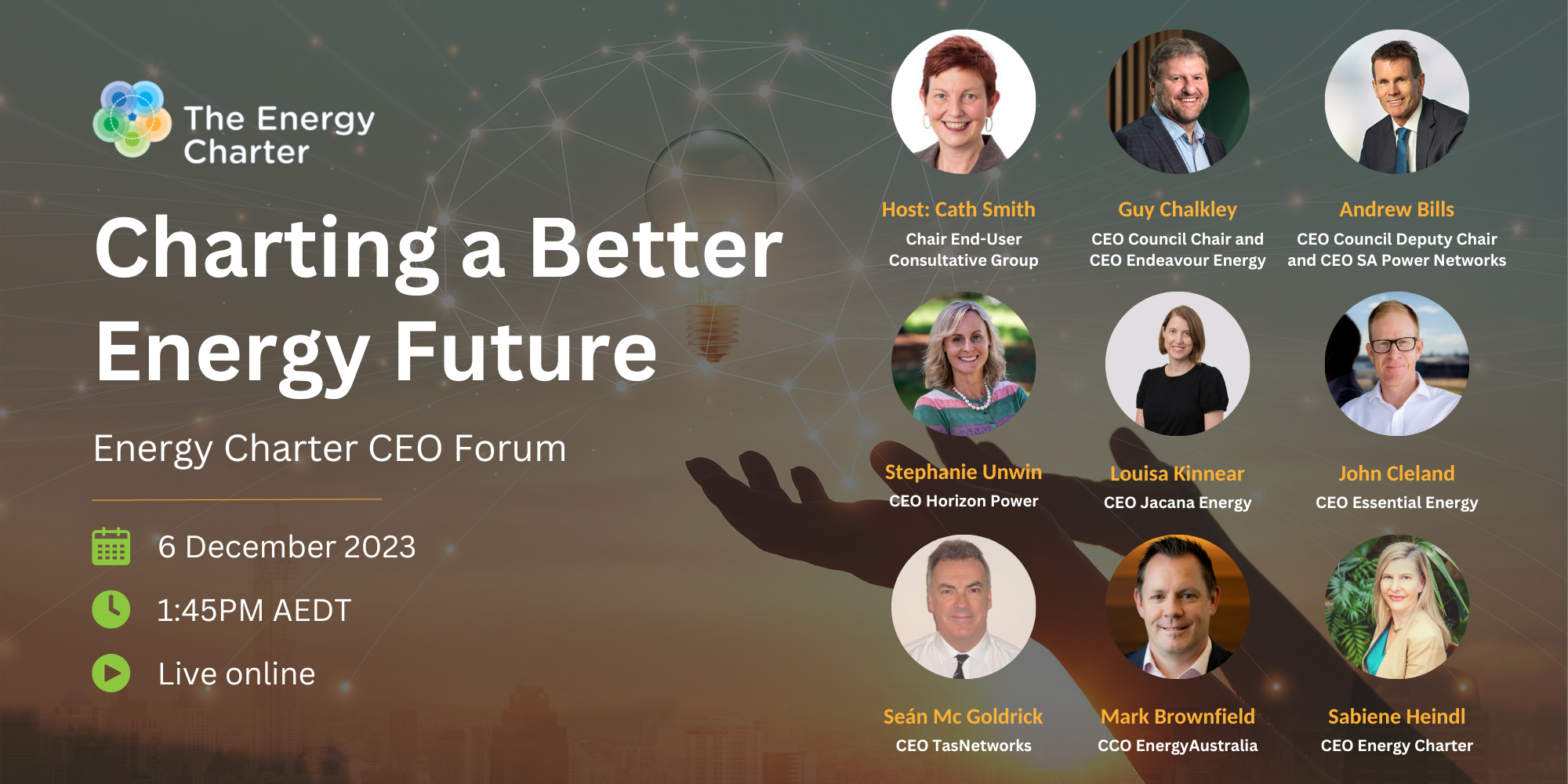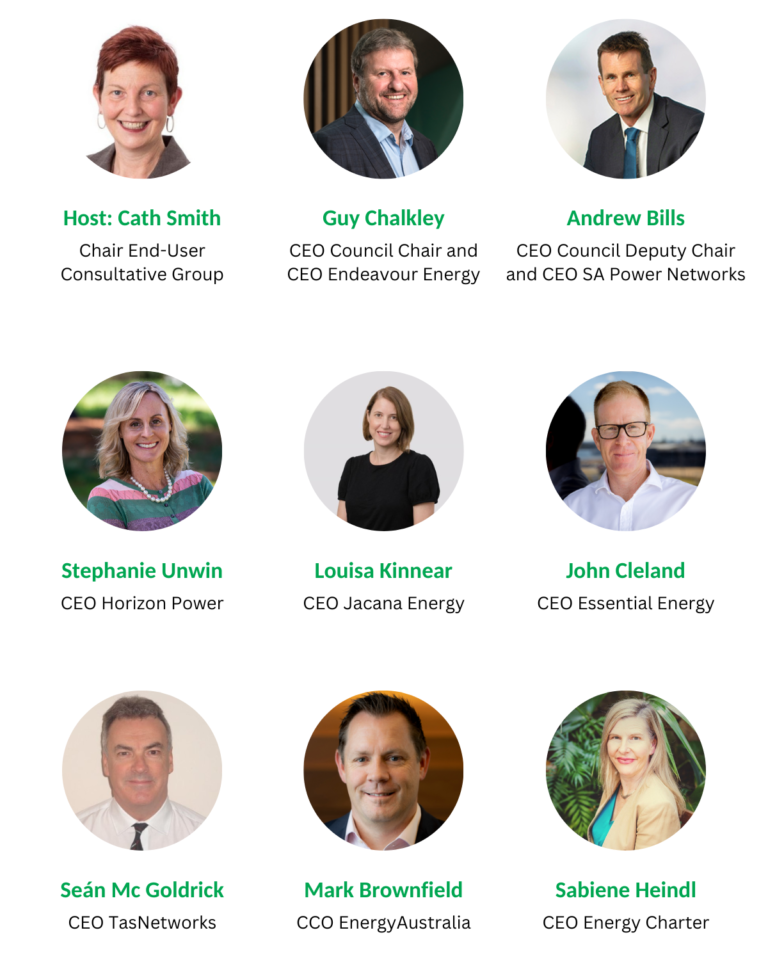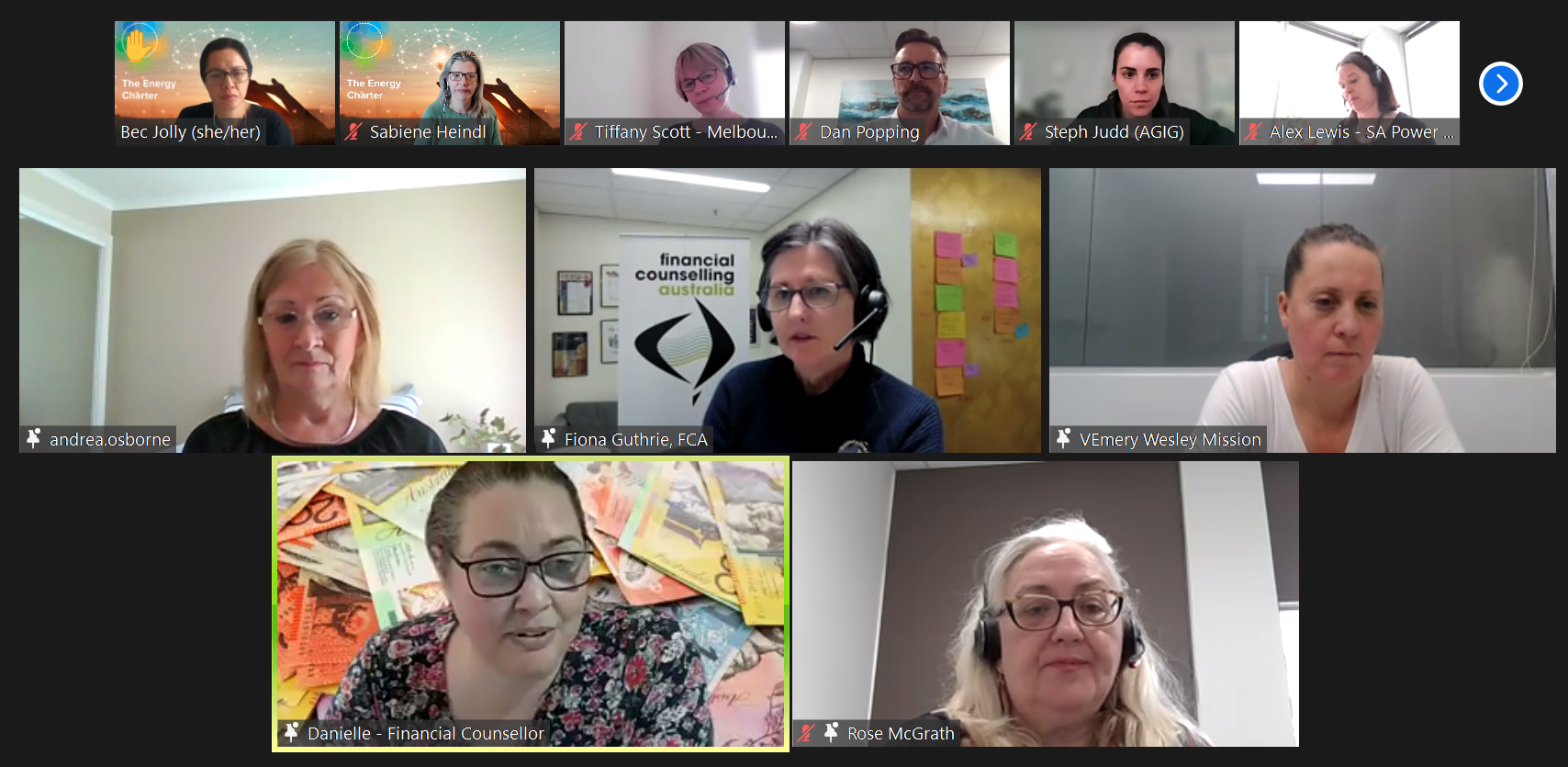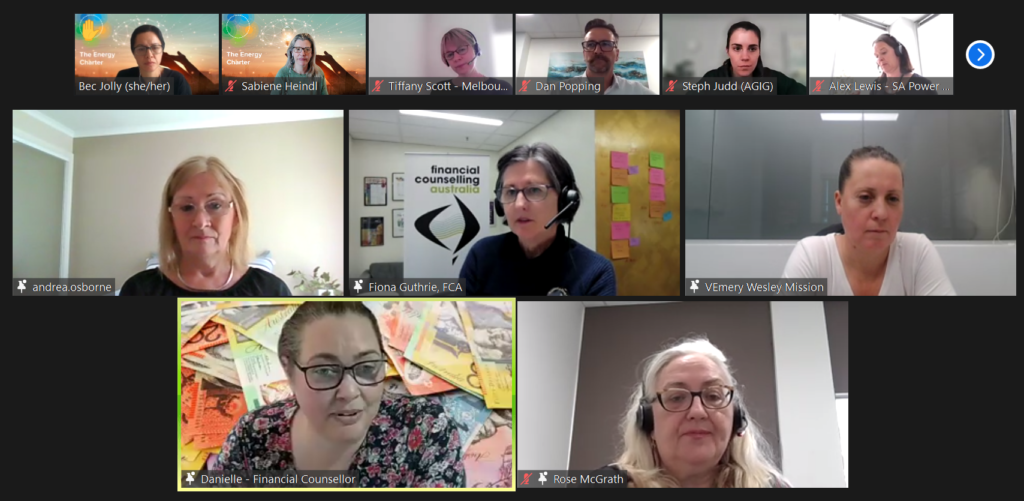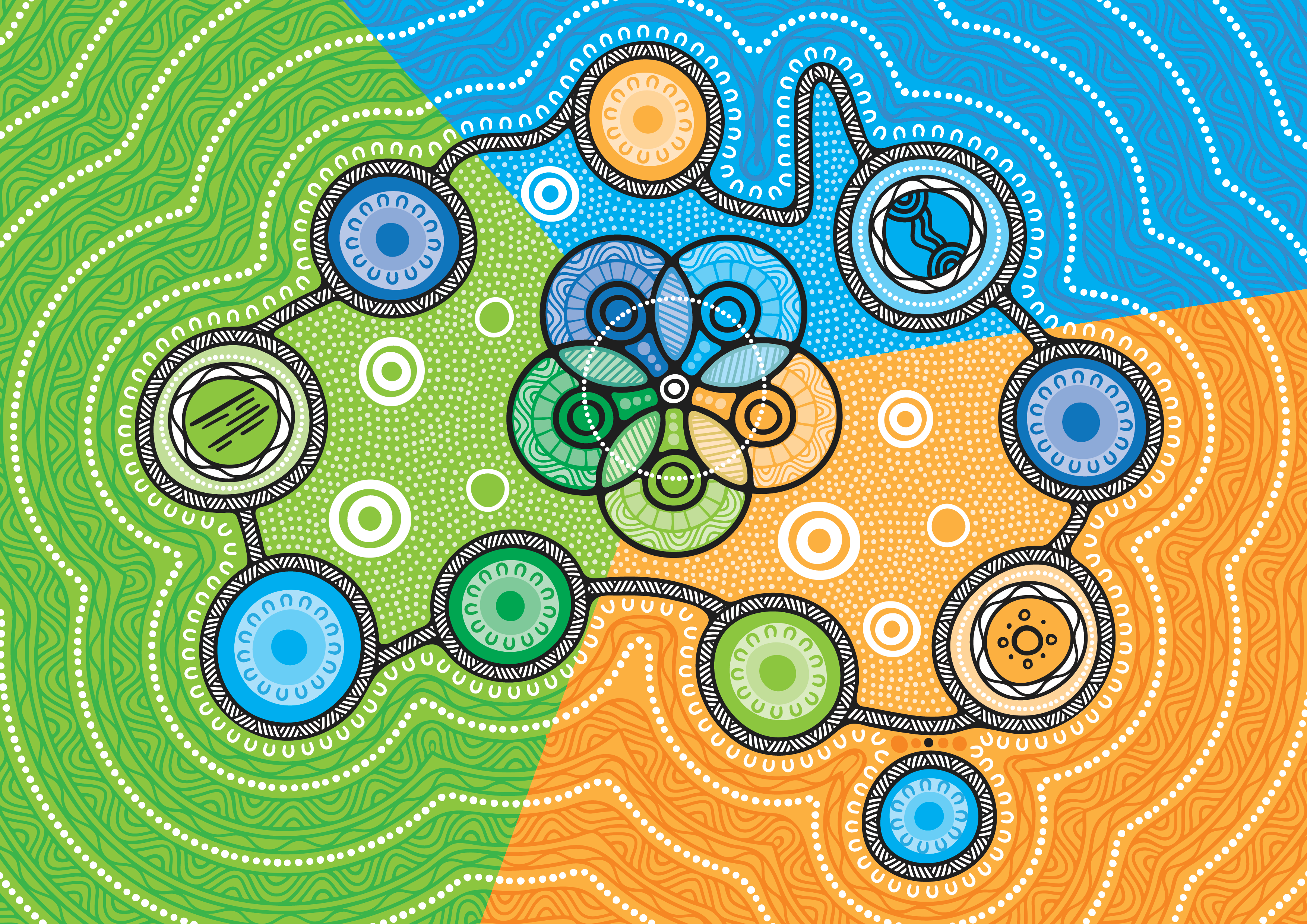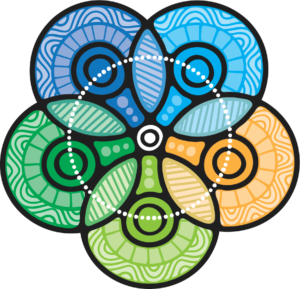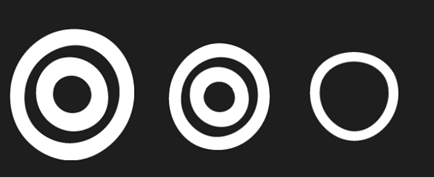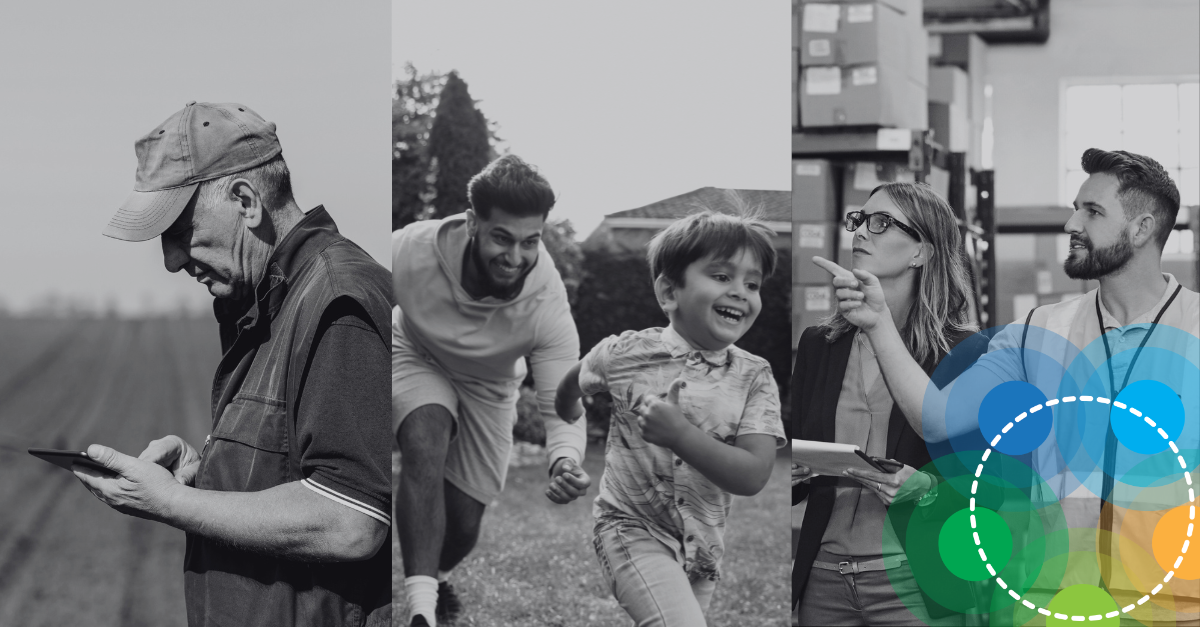Today, the Energy Charter turns 5!
In some ways it feels like the blink of the eye since 17 CEOs gathered in Sydney to launch a world-first, whole of energy sector initiative to address customer expectations.
Yet at the same time, for our customers, community and the sector there have been unparalleled challenges and opportunities to navigate including COVID-19, cost-of-living crisis and the rapidly accelerating shift to renewables.
Increasing collaboration + decentralised accountability
The Energy Charter started out as purely an accountability mechanism against 5 Principles, focusing on embedding customer-centric culture and conduct in energy businesses to create real improvements in affordability and service delivery. For the first 3 years, Signatories delivered comprehensive Disclosures to an Independent Accountability Panel and CEOs were publicly interviewed and assessed on their performance.
In 2020, collaborative initiatives emerged. The #BetterTogether initiatives involve customer and community representatives working with industry through an innovation platform of “ideate, incubate and accelerate” to make meaningful change and deliver impact and outcomes.
In 2021, following a 3-Year Strategic Review, the Energy Charter CEO Council agreed to place greater focus on cross-sector collaboration through the #BetterTogether initiatives to deliver better outcomes for customers and communities. Full Signatories continued to focus on accountability publishing annual Disclosures demonstrating how they performed against the Energy Charter Principles. Building on the gains made over the last 3 years, the accountability framework now leverages existing business’ stakeholder consultation structures, rather than through the Independent Accountability Panel.
Over the last 4 years we’ve collaborated across 20 #BetterTogethers, rolled out 3 independent Customer Codes and supported 3 Communities of Practice. Signatories have published 91 Disclosures assessing their maturity and detailing outcomes and forward commitments to customers and communities.
What have we learnt?
Culture time is a slow burn. It takes leadership. It takes true commitment by Boards, CEOs and people at all levels within the business. It takes important gestures to build trust, such as setting up genuine mechanisms to listen to customers and communities and act upon them.
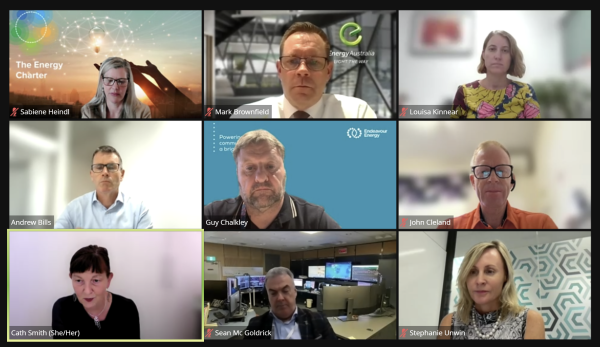
CEO Forum: Charting a Better Energy Future 2023. Read the blog here.
In our case, this has been the set-up of Customer and Community Outcome Groups (COGs) to strategically guide our #BetterTogether initiatives.
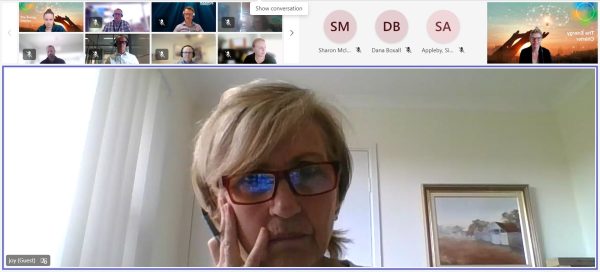
Joy Thomas, Independent Chair, Ag + Energy Social Licence Roundtable
And, last but certainly not least, it remains essential to have a dedicated platform for collaboration like the Energy Charter to drive the change that is needed most.
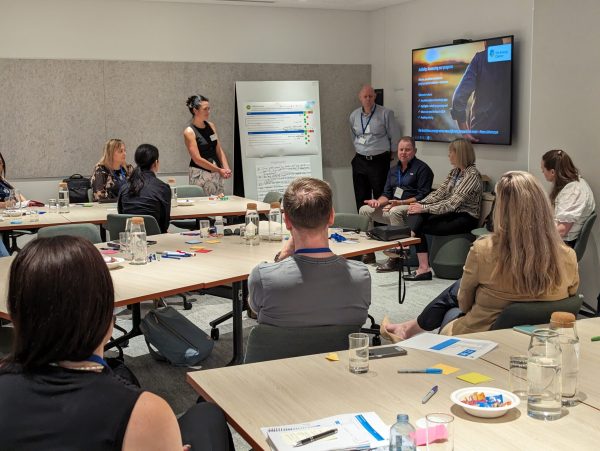
Energy Charter Industry Working Group (IWG) end-of-year workshop 2023
Continuous improvement
Since our inception, we’ve gained new Signatories including AusNet Services, Jacana Energy (NT), Horizon Power (WA), SA Power Networks and TasNetworks and new Signatory categories:
- #BetterTogether Collaborators: including Energy Estate (our first renewable developer), and
- Energy Charter Supporters: including AEMO and JLL Infrastructure.
We’ve also entered Collaboration Agreements with water sector, renewables and community sector partners.
We have grown the team to 4 dynamic and committed individuals, who work collaboratively across the energy sector with customers and communities on key priorities across social licence in the energy transition and energy affordability.
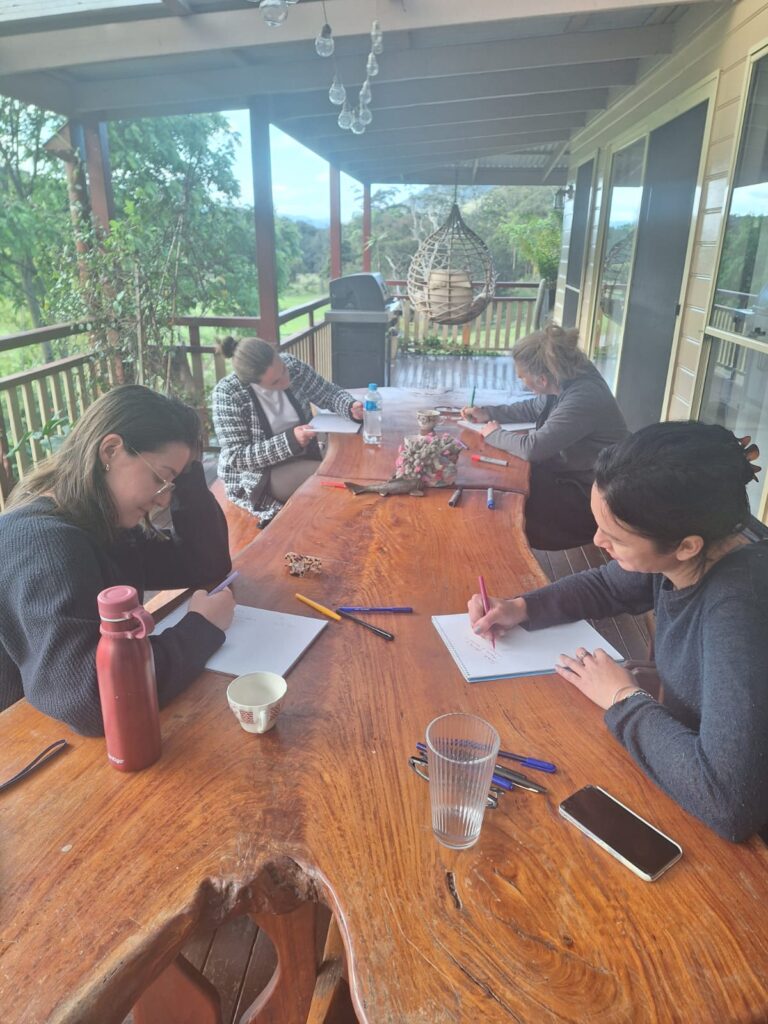
Energy Charter team at the Leadership Retreat 2023
We have also been building our Impact Framework in 2023, launching in March 2024. Work with Action with Impact reinforced that the Energy Charter:
- Creates a trusted national platform to raise awareness and share customer and community opportunities across the entire energy sector
- Provides a framework approach to understanding challenges and respond collaboratively to bridge the gap between ‘hard-to-do’ and ‘can-do’ with a big and bold mindset
- Builds a trusted space to share learnings, have difficult conversations and scale solutions that benefit customers and communities
- Leverages ‘building block’ structure through the #BetterTogether framework to create pathways from research and insights into action + impact
- Aligns CEOs to a shared accountability model, to self-assess maturity and commit to better outcomes for customers and communities.
Who are we now?
The Energy Charter is a unique coalition of like-minded energy organisations with a shared purpose and passion for customers and communities. We are here to stay.
We know that customers and communities rely on all of us. We all use energy every day. It lights our homes and powers businesses. We’re all part of the same ecosystem, so working #BetterTogether is vital now and into the future.
Our purpose is to empower one another to deliver better energy outcomes for customers and communities. Our vision is that together, we can create a better energy future for all Australians.
For us, the opportunity is to keep humans at the centre of the design and delivery of energy solutions; to navigate the changing needs of customers and communities as we transform to a cleaner energy future.
There really is no other collaboration like us; and the work we do, together, has never been more important than it is today. We are #BetterTogether.
We thank all the amazing people that have contributed to the journey of the Energy Charter and pay tribute to those that kicked us off!
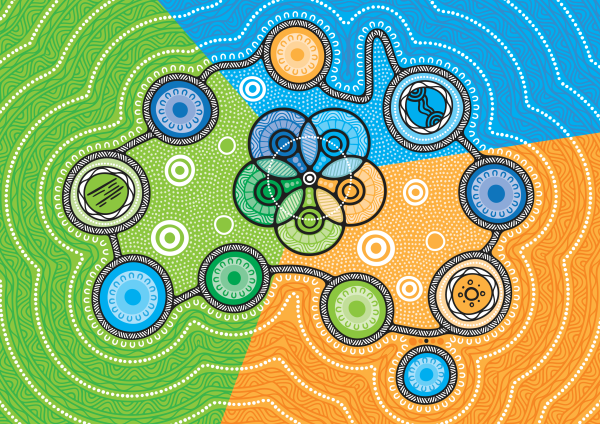
The above artwork is by Ngarrindjeri artist, Jordan Lovegrove tells the story of energy, how it connects all of Australia and the Energy Charter’s commitment to create a better energy future for all Australians. Learn more here.
Background
On 31 January 2019, 17 CEOs gathered in Sydney to commit to the Energy Charter led by a Panel of:
- John Cleland, Chief Executive Officer, Essential Energy
- Nevenka Codevelle, Energy Charter Industry Working Group Chair
- Mick McCormack, Chief Executive Officer and Managing Director, APA Group
- Ed McManus, Chief Executive Officer, Powershop
- Andrew Richards, Chief Executive Officer, Energy Users’ Association of Australia
- Rosemary Sinclair AM, Chief Executive Officer, Energy Consumers Australia
- David Smales, Chief Executive Officer, Energy Queensland
- Catherine Tanna, Managing Director, EnergyAustralia
Original Signatories included: AGL, APA Group, Aurora Energy, Ausgrid, AusNet Services, Australian Gas Infrastructure Group, CS Energy, Endeavour Energy, Energy Queensland Limited including Ergon Energy Network, Energex, Yurika and Ergon Energy Retail, EnergyAustralia, Essential Energy, Jemena & Ovida, Meridian Energy Australia & Powershop Australia, Origin Energy, Powerlink Queensland, Stanwell and Transgrid.

